For Christmas, my husband gave me this handy little speaker: the Oontz Angle Wireless Bluetooth Speaker.

In the past, I always plugged a pair of old computer speakers into my iPhone, iPad Mini, or computer when I wanted to play music during lessons, group classes, or while cleaning the house. 🙂 They worked okay, but I found that if I turned the sound up too loud, the sound became distorted.
I am so pleased with this handy little speaker because I can turn the sound as loud as I need too without hearing distortion. I’m very pleased with the quality of the speaker!
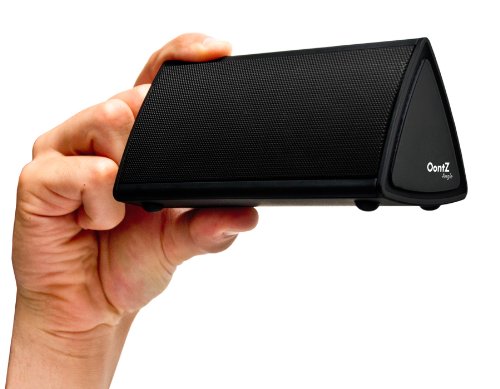
And, of course, it is handy that it is wireless. It connects via a bluetooth connection. Pairing the speakers to a device only takes a minute. Plus, it remembers what device you paired it with last and will automatically connect to that same device if both are turned on. I’ve owned bluetooth devices in the past and they did not connect this easily. Technology has certainly improved.
It comes with a USB cable so that you can recharge the battery by plugging it into your computer. The battery can last for up to 10 hours of playing time.
Just thought I’d share about this fun little gadget! Did you receive any Christmas gifts that have been useful for piano teaching? If so, please share about it in the comments!



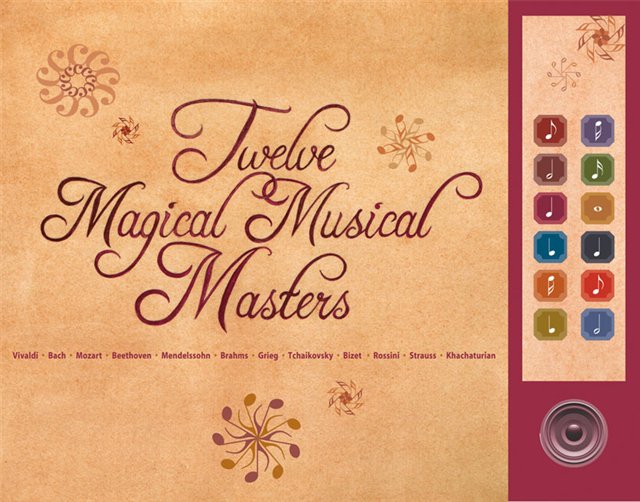
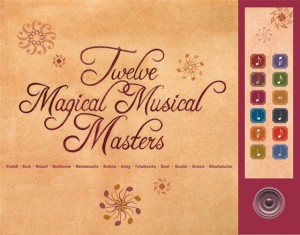 “Twelve Magical Musical Masters” is a book containing the stories of twelve well-known classical composers. Each page features an illustration and a short bio that encourages the reader to press a button to hear the accompanying music.
“Twelve Magical Musical Masters” is a book containing the stories of twelve well-known classical composers. Each page features an illustration and a short bio that encourages the reader to press a button to hear the accompanying music.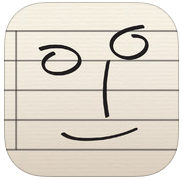


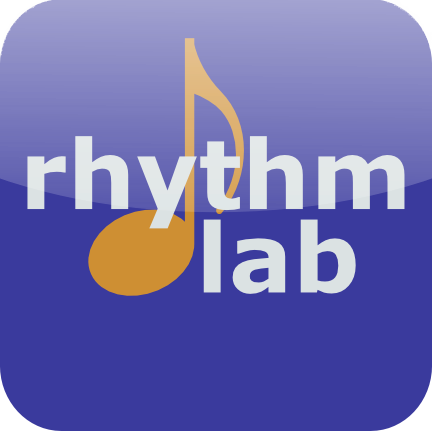
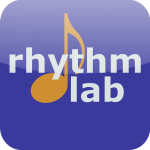 Rhythm Lab
Rhythm Lab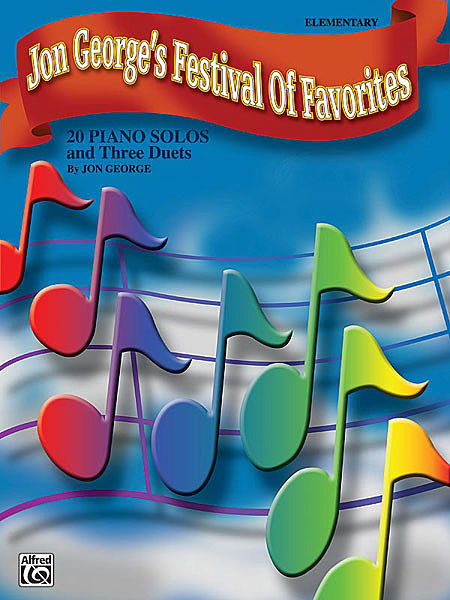
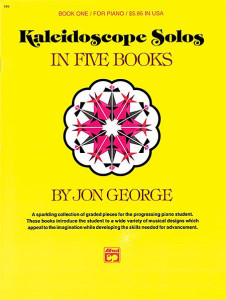
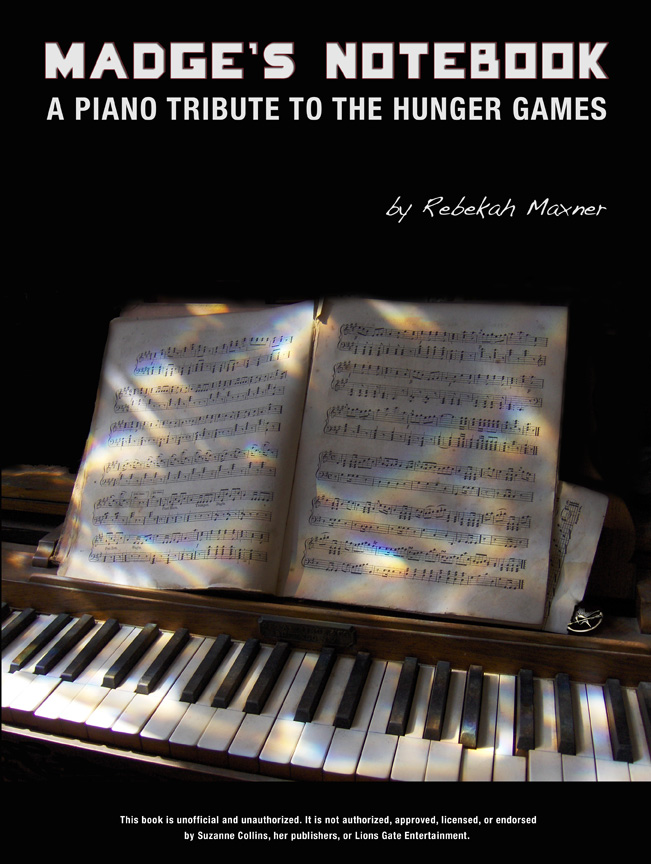
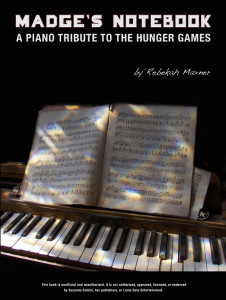 This summer, Canadian composer Rebekah Maxner has released a new book, “Madge’s Notebook: A Piano Tribute to The Hunger Games.” When Rebekah emailed me to ask if I’d be willing to review her book, I told her I wasn’t sure if she would want me to review it since I have not yet read the popular “Hunger Games” books. (I know, am I out-of-the-loop or what?) 🙂 She replied that she nonetheless would like to me to review the books — after all, the music should be able to stand on its own. I’m glad Rebekah felt that way, because I enjoyed checking out her music!
This summer, Canadian composer Rebekah Maxner has released a new book, “Madge’s Notebook: A Piano Tribute to The Hunger Games.” When Rebekah emailed me to ask if I’d be willing to review her book, I told her I wasn’t sure if she would want me to review it since I have not yet read the popular “Hunger Games” books. (I know, am I out-of-the-loop or what?) 🙂 She replied that she nonetheless would like to me to review the books — after all, the music should be able to stand on its own. I’m glad Rebekah felt that way, because I enjoyed checking out her music!
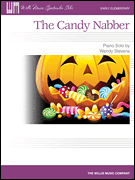 Wendy Stevens from
Wendy Stevens from 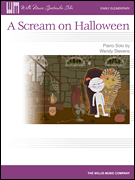

 Remember
Remember 

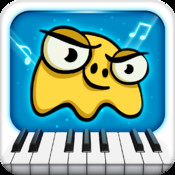
 Piano Dust Buster
Piano Dust Buster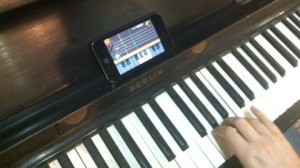
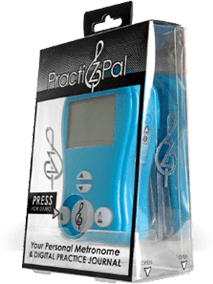
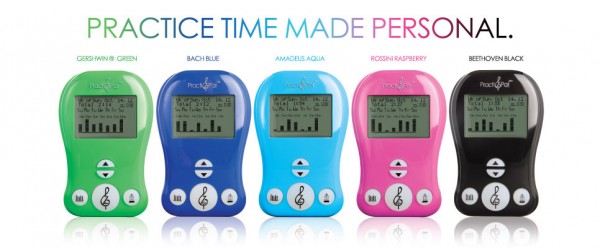
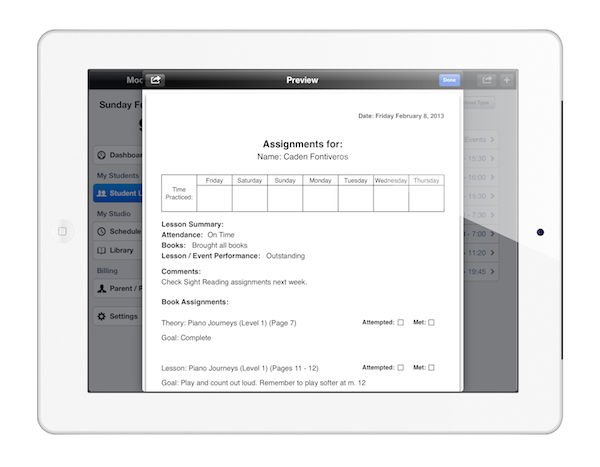
 I was recently contacted by Carlos Fontiveros, creator of the brand new Moosic Studio app, which is designed to help manage the business side of running a teaching studio. You can best read about it in his own words:
I was recently contacted by Carlos Fontiveros, creator of the brand new Moosic Studio app, which is designed to help manage the business side of running a teaching studio. You can best read about it in his own words: